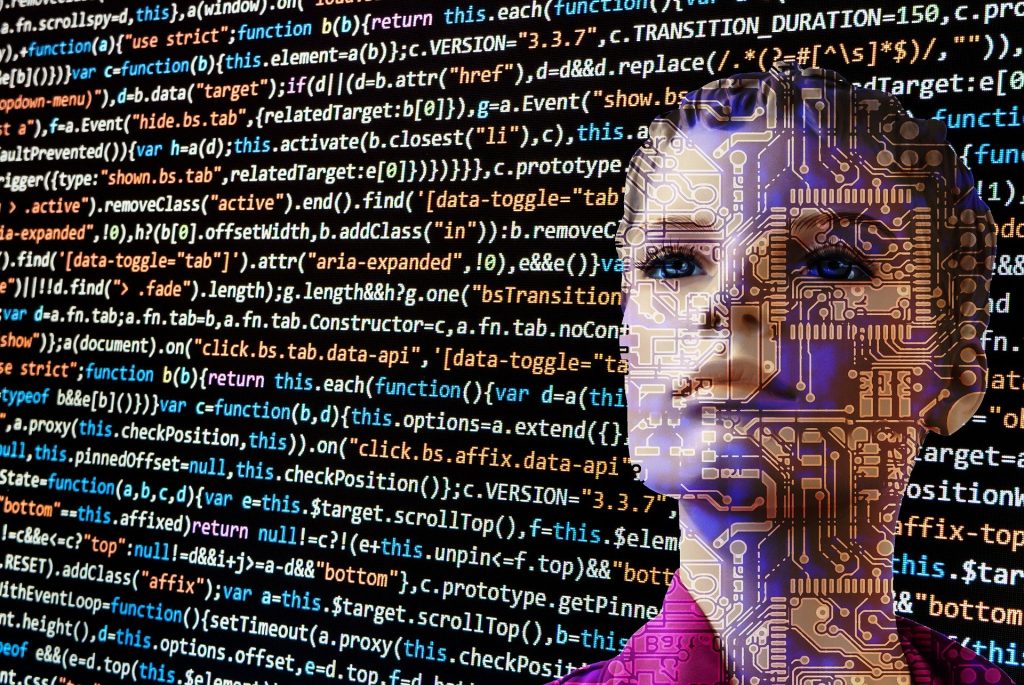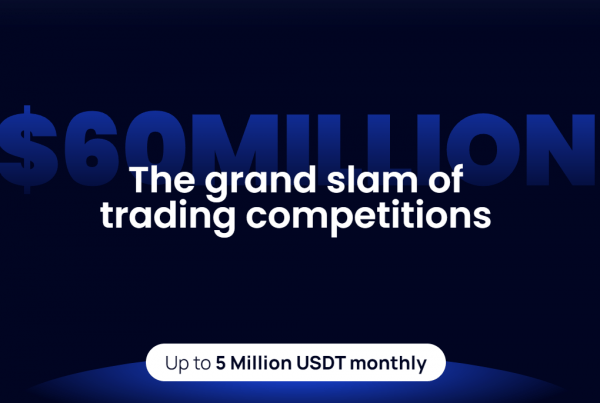We live in a world that is fast embracing machine learning and artificial intelligence. In the realm of financial investments, we have seen these systems in use for years. For example, today banks can easily detect and prevent fraudulent activities on their customer accounts by monitoring behavior patterns in the respective accounts. Of course, of the millions of user accounts that banks have, they cannot assign account managers to actively monitor them all the time. To do this, therefore, they employ machine learning models to proactively monitor and secure accounts.

This is a good example of machine learning in use in the financial sector. There are many other industries and sectors that currently enjoy similar benefits. The cryptocurrency market is another example. Given the benefits and exploits of machine learning in different industries, it was only a matter of time before people asked about the feasibility of applying this technique and knowledge alongside trading bots in cryptocurrency investments. Before we delve into machine learning, let’s first debunk the myth that machine learning, or artificial intelligence, in general, is about computers taking over. No, this is simply a diverse field where computers learn to make decisions from data, without our explicit programming.
Machine Learning and Cryptocurrency
One of the common assessments you will come across online is that it is possible to predict the future price of certain investments. This is something that all investors know. With data on specific decision points, you can easily predict what might happen to the price of a given stock. The other question you would expect is whether this can work effectively for cryptocurrency as it would in the forex market or stock exchange market? Why not?
Let’s try to explain this:
The cryptocurrency market and the conventional financial market work in pretty much the same way. Other than the fact that you are now trading in decentralized digital assets, most of the concepts that underline this market are similar to the investment market you are used to.
While it might not be easy to tell whether the price of say Bitcoin will fall or drop, there are some events that have happened in the past that can help you figure this out. Recently when the Bitcoin price was on a slump, the majority of the altcoins in the market suffered too. Therefore, this is a bit of information that you can work with. AI models learn from historical events, and other decision making patterns that we use on a daily basis. From here, they can make similar decisions in our absence without us necessarily being there to program them to act a certain way. With this in mind, the AI model you have in place could turn a fortune for you while you enjoy your nap, or get you out of a risky position while you are away on holiday, in the process saving your portfolio from untold losses.
Setting Investment Goals for your AI
While the AI models are built to think and act on their own, this does not necessarily mean they are autonomic from the very beginning. They need instructions, clear and precise instructions from where they can perform the actions you need.
So, how do we get there?
Now, AI models need input data and an output. In a different session on machine learning, you will learn about different types of AI systems, algorithms and how they operate. Basically, in this case, we are talking about supervised and unsupervised AI systems. In the case of supervised systems, you instruct the model on how to make decisions based on certain data to deliver a specific outcome. In unsupervised learning, the model learns from the data, identifies patterns and uses this knowledge to arrive at decisions.
To set investment goals for your cryptocurrency AI, you will use supervised learning algorithms. With this in mind, you provide data to your AI and give it instructions on what to do with that data. These instructions are part of your goal-setting agenda.
At this juncture, you also have to be very careful about the way you go about it. In many cases, a lot of people provide generalized goals for their AI. The problem with this is that you end up with models that do not give you specific results.
There are different kinds of investment goals that you can set for your AI. perhaps you want an AI model that can predict possible changes in the price of your cryptocurrency pairs, or maybe you want the model to predict the possible value of your cryptocurrency account in a few weeks or months from the moment you deployed it.
The next thing you want to ask yourself is what happens when your account or the prices get to the specific point? For example, you can instruct your AI to buy some crypto assets if their market price falls to a certain threshold, and sell when they rise to a certain threshold. With your input or not, the AI will keep monitoring the market, and at such a time when the aforementioned happens, it will perform your desired action.
Data Sources
Regarding your crypto investment, we have discussed so much about data already. So how does this tie into your AI model? You need credible data sources for your AI. Remember that this is about your investment. If you feed in the wrong data, your AI will make important decisions based on wrong values, assumptions, and facts. Therefore, the source of your information is something you want to be very keen about.
As far as cryptocurrency investments are concerned, some of the factors the experts at CoinCheckup often advise you to look at including the following:
- What is the day of the week?
- The correlation between the time of the day and market activities (you have to research on this to come up with a valid hypothesis)
- Technical market indicators like the volume of assets traded, and the prices
- Social factors like trending topics on cryptocurrency on social media and Google Search
- Economic factors like the level of unemployment, inflation, prevailing interest rate and so on.
Once you figure this out, you can map your AI model to help you make intuitive decisions in the cryptocurrency market.



